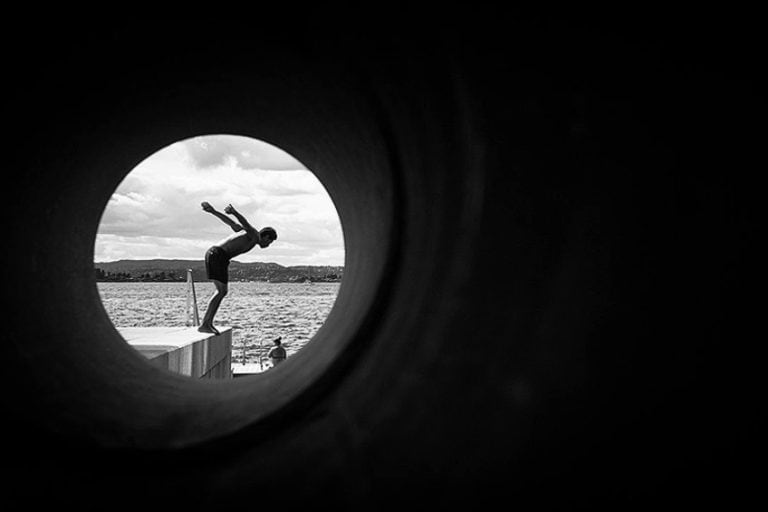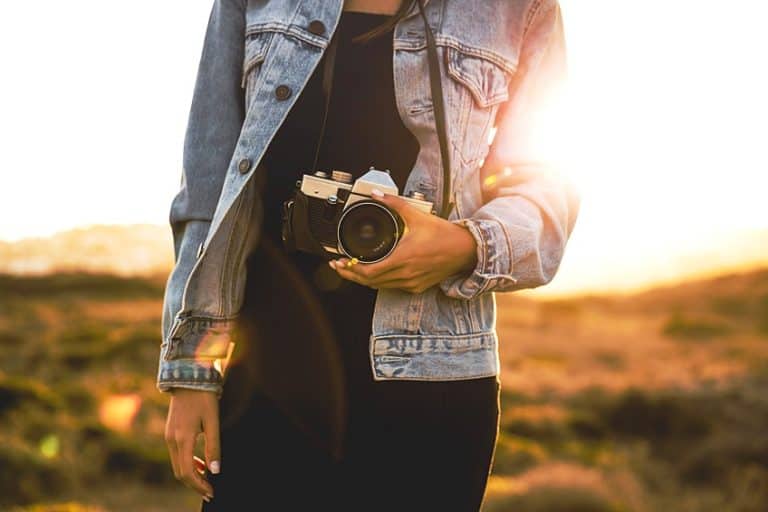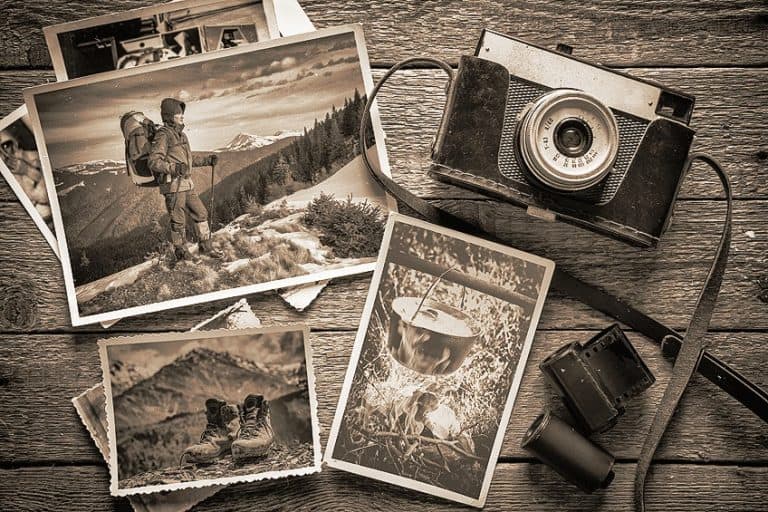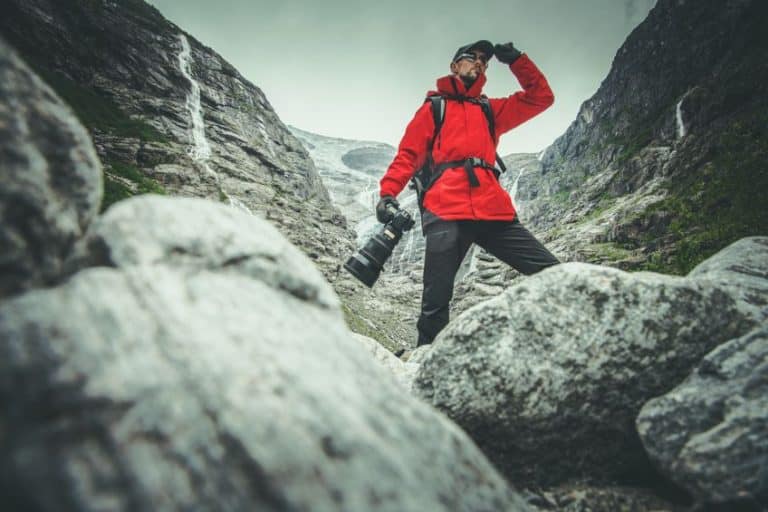Careers in Photography – A Guide to Photography Careers
Jobs for photographers are more abundant now than ever before! Thanks to the various platforms on the internet, it is very easy for photographers to share their work and earn commissions. There are many different types of photography jobs for you to choose from in today’s job market. Today, we will discuss the various photography careers available for you to explore.
Table of Contents
Exploring Careers in Photography
By examining the various types of photography jobs available to you, you can choose which best fits your personal talents and lifestyle. Careers in photography can range from portrait to commercial and documentary-style photography. Photography careers can be both fun and fulfilling, and if you are persistent, it can be financially rewarding too.
Below, we will examine the different jobs for photographers that you might find interesting and worth pursuing.
Types of Photography Jobs
When exploring various careers in photography, it is important to keep in mind what will best suit your personality and expertise. If you are a “people person”, you won’t have any difficulty communicating with clients for portraits. However, if you prefer taking photos of objects rather than people, then maybe product photography is better suited for you. Let’s go through some of the photography careers available to you and see which feels right to pursue.

Portrait Photography
The first career choice in photography that we will be looking at is portrait photography. Portraits can be taken in both a studio setting as well as in everyday settings. Some clients will want portraits that convey their appearance, while others will want portraits that say something about their personality or career choice.
Studio Portrait Photography
Studio portraits typically get taken in a controlled indoor setting, such as a photographic studio. These portraits concentrate on portraying a subject and incorporate a range of lighting techniques and backgrounds to achieve a certain mood or look. Studio photographers have absolute control over their lighting. Studio photographers can modify their environment and reduce distractions in a studio, ensuring that the main emphasis stays on the subject.
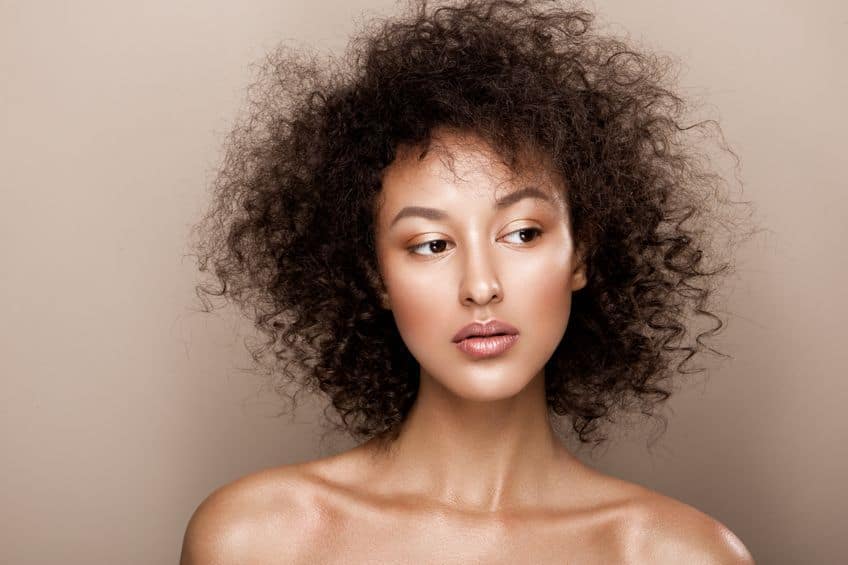
Studio portrait photography entails working directly with clients to get the desired appearance and feel. It necessitates strong communication skills as well as having the capacity to guide individuals into the right poses. As with many other types of photography jobs, you will need to do some post-processing after the photo has been captured, so knowledge of how editing software works is a must.
Environmental Portrait Photography
Environmental portraits, as opposed to studio photographs, are captured in natural or man-made surroundings that are related to the subject’s life, career, or character. These photos try to depict people in their usual surroundings, highlighting their relationship with them.
Environmental portrait photographers are sometimes required to search and choose appropriate locations that complement the subject’s story or career.
It might be an office, an outdoor scene, or any other location that adds context to the story. Natural lighting is used in environmental portrait photography to lend depth, ambiance, and a feeling of authenticity to the photos. Environmental portrait photographers should have a decent understanding of various lighting techniques and be adaptable to changing lighting situations.
Commercial Photography
Another very popular career choice in photography is commercial photography. This covers everything from food to fashion, products, and fine art. Let’s find out what types of photography jobs there are in commercial photography.


Product Photography
Product photography is all about presenting products in an appealing and compelling way, emphasizing their benefits, qualities, and details. Product photography’s main aim is to draw in and engage potential consumers, enticing them to buy the product. Product photographers regularly work with stylists to come up with aesthetically appealing arrangements that enhance the desirability of the product.
Styling includes organizing props, choosing suitable backdrops, and ensuring that the items are displayed in an enticing and consistent fashion.
A good product photographer additionally requires the ability to pay attention to detail, use creative thinking, and have an aptitude to adapt to new products and styles. Identifying the client’s goals, brand identity, and target demographic is critical in order to deliver photos that meet their specific goals.
Food Photography
Due to apps such as Instagram, it may be easy to assume that anyone and everyone is a food photographer. Restaurants are aware of how much people like to take photos of their food and even go out of their way to make their dishes visually pleasing, as they know how much publicity they can get through social media posts.

However, food photography is also a very real photography career choice. Food photographers utilize their still-life photography abilities to produce appealing food photographs. Food photography is a type of commercial photography that can be found in publications, advertising, websites, and cookbooks.
Fashion Photography
Fashion photography is a rather popular choice as it involves taking photos of beautiful people, however, it is also a very competitive field. Fashion photographers capture models dressed in the most recent fashions and trends.
You could end up shooting cover photographs for fashion publications or photograph models on the runway with this particular type of photography.
Fashion photographers operate in a range of environments, including studios and on-site. Aside from capturing fashion shots, they also assist models in finding their ideal poses. Furthermore, they guide the models and their assistants to make sure that the appropriate photo for the publication is captured.
Fine Art Photography
Fine Art photography is sometimes seen as a type of visual expression in which the photographer’s creative vision and creative thinking take precedence over portraying reality or documenting specific events. Personal research, experimentation, and testing the boundaries of standard photographic techniques and traditions are often involved in fine art photography. Rather than just capturing the subject in the scene, fine art photographers typically explore philosophical or abstract notions, too.
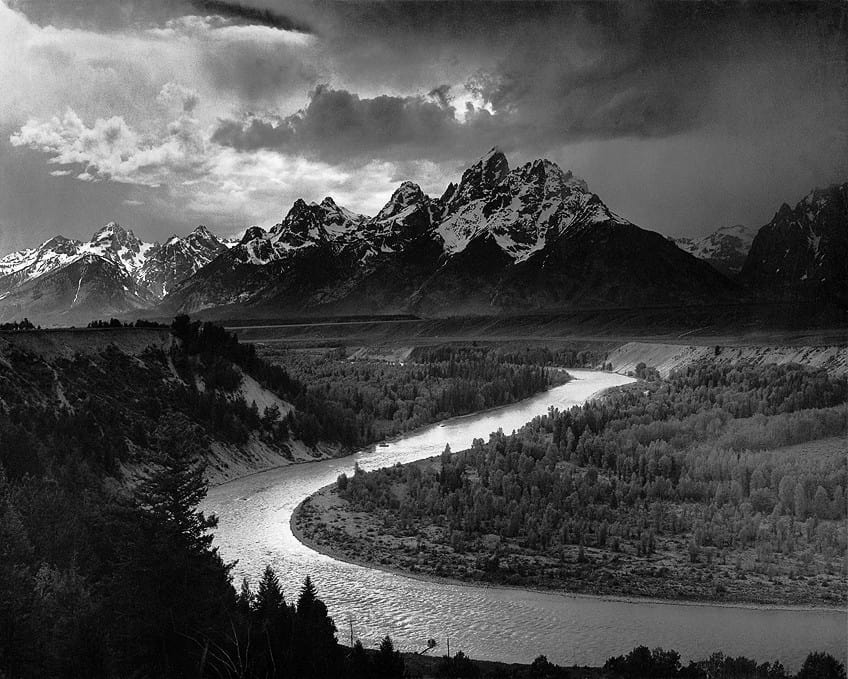
In order to convey more profound messages, they can utilize various symbols, metaphors, or visual narratives, or they may urge people to interpret the visuals in their own manner. Fine art photography emphasizes the image’s visual components, like light and shadow, color, composition, texture, and shape. Photographers painstakingly establish these elements in order to create photographs that are thought-provoking and visually captivating.
Landscape Photography
A career in landscape photography may be a rewarding decision for people who are enthusiastic about nature and photography.Landscape photographers can lose themselves in breathtaking natural environments, photographing the majesty of mountains, the tranquility of woods, the immensity of deserts, or the constantly shifting beauty of coastlines. Through their photographs, photographers hope to express the awe-inspiring splendor and emotional effect of these landscapes.
Landscape photography necessitates a thorough grasp of technical aspects like depth of field, exposure, and filters.
Patience and the ability to wait for the correct light and weather conditions are typically required to do this job effectively. Landscape photographers regularly venture to different regions in search of unique and stunning landscapes. This aspect of the job may be both exciting and stressful, requiring considerable research and preparation, as well as occasionally braving inclement weather or traveling great distances to reach distant areas.
Wildlife Photography
Wildlife photographers are really intrigued and captivated by animals and how they behave. They like spending time outdoors, watching and photographing those special and often elusive occasions in the daily activities of wild animals. Wildlife photography necessitates a thorough knowledge of technical matters such as utilizing long lenses and rapid shutter speeds. Animal behavior knowledge and the ability to predict and catch fleeting instances are also required.

Professional wildlife photographers appreciate the significance of ethical animal photography approaches. They focus on the subjects’ well-being, adhere to local legislation and guidelines, and minimize their environmental effect. Numerous wildlife photographers use their photographs to promote wildlife conservation. They hope to raise awareness about the need for conservation and urge people to take care of the natural environment by displaying the stunning variety of animals.
Documentary Photography
An occupation in documentary photography could turn out to be a very rewarding and significant decision. Photographers working in documentaries utilize their photos to present intriguing stories. They can catch sincere moments, feelings, and the spirit of an event. They hope to engage audiences, inspire empathy, and stimulate both thought and action through their photos.
Documentary photographers that are successful devote time to researching their topics and themes of interest. This research contributes to the development of a cohesive narrative and capturing of photos that effectively express the story being told.
Documentary photography typically deals with cultural, social, or political topics. Its aim is to bring awareness to underprivileged populations, socioeconomic disparities, environmental issues, and other relevant issues. Through their visual storytelling, documentary photographers can spread awareness, lobby for change, and make a difference in social justice.
Photojournalism
Photojournalism is similar to documentary photography in that it aims to capture real-life moments. Photojournalism included news, sports, and editorial photography. Let’s delve into these photography careers in greater detail.
News Photography
News photography is regarded as an important part of communicating news and information to the general public, offering a visual narrative that supplements literary journalism. News photographers are frequently on the front lines, photographing unfolding events, politics, and other major events. They have to have a strong eye for spotting newsworthy moments and being able to capture the atmosphere of an event in just a few select images.
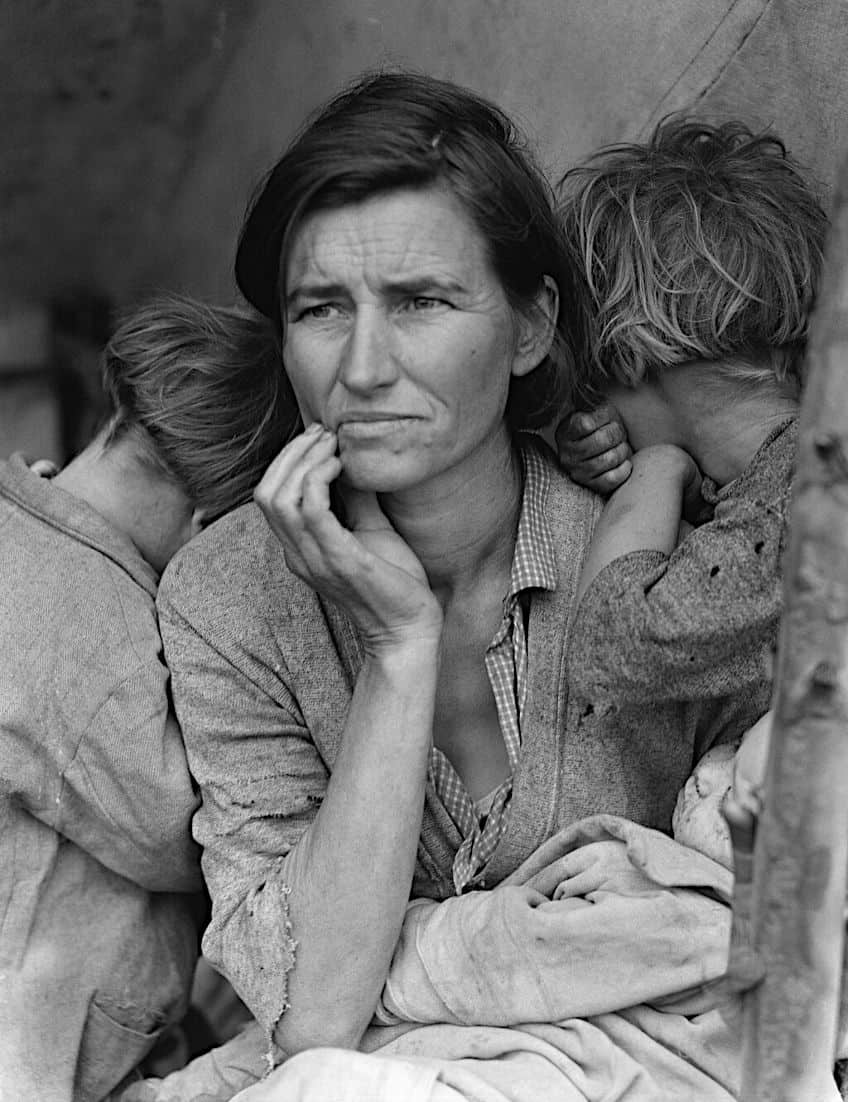
Because they may be covering a wide range of events and settings, news photographers must be versatile and flexible. Maintaining neutrality, preventing manipulation, and offering context through the visual narrative are all important aspects of ethical journalistic photography. To provide an accurate news narrative, news photographers often work together with editors and journalists.
Sports Photography
Sports photographers need to have a thorough knowledge of the games they capture. Knowing the rules, critical moments, and players lets you anticipate the action and capture key moments that showcase the game’s energy and passion. Technical knowledge and the proper equipment are required for sports photography. Fast-focusing and long lenses are needed to shoot photographs from a distance. In sports photography, timing is everything.
Capturing moments like a touchdown, or an athlete in mid-sprint, necessitates preparation and anticipation for the crucial moment.
If you do not work well under pressure, then this may not be the best career choice for you. Due to the short turnaround necessary in sports journalism, most sports photographers tend to work under very short deadlines. Effective workflow management, involving image selection, editing, and submission on time, is critical for fulfilling publication or customer needs.
Editorial Photography
Editorial photography entails the capture of photos that support and enhance the editorial text in media such as newspapers, magazines, internet articles, and blogs. It is a diverse and creative field in which photographers may work on a broad variety of themes and narratives. Editorial photographers are essential in visual storytelling.

They collaborate closely with editors and authors to create images that match and improve the content of the text. Their photos should ideally capture the essence of the narrative and trigger an emotional response from the viewer. Freelance editorial photographers may submit proposals and photographs to various magazines in order to get part-time work. They may additionally apply for staff roles at newspapers, magazines, or internet media, which provide more secure and regular work.
Event Photography
Event photography includes taking photographs at different events such as business functions, weddings, parties, concerts, conferences, and other such social occasions. It necessitates having the ability to catch candid moments that could occur, portray the ambiance, and communicate the event’s visual story. Event photographers must be adaptive to a variety of events and environments.
They might have to take photographs in a wide range of lighting conditions, shoot both staged and candid photos, and adapt to the particular needs of each event.
Building a solid customer base is essential for event photography profitability. Effective marketing techniques, partnerships with event planners, venues, and industry professionals, and using internet platforms and social media to display your work are all required if you want to become a successful event photographer.
How to Become a Successful Photographer
If you want to become a professional photographer, you could receive a formal education in photography by studying for a photography degree program or taking photography classes at a recognized college. This will provide you with a solid foundation in photographic technical skills, creative concepts, and conceptual knowledge.

Look for photography programs that provide hands-on training, and the opportunity to learn from seasoned experts. Look for internships and apprenticeships with well-known photographers or studios. This gives you the opportunity to obtain hands-on experience, study specific skills, and observe the commercial side of photography. It might provide potential opportunities for networking and portfolio development.
Developing Your Portfolio
You should explore different techniques and genres of photography to learn more about your unique personal abilities and interests. Try to create a comprehensive portfolio that highlights your distinct range of skills and expertise. Rather than overloading your portfolio with loads of unnecessary photographs, create a selection of your greatest photos that illustrates your style. Share your portfolio with professional photographers or mentors who may give constructive critique.
This can help you hone your talents, find areas for growth, and build your portfolio.
Building a Network
It’s also essential to attend photography conventions, workshops, and other networking events. These gatherings allow you to meet and network with other industry professionals. Join photographic clubs or online forums where you can connect with other photographers. These sites can be very useful for networking with other people and staying up to date on the most current industry developments. It’s also important to collaborate with various models, stylists, and other artistic professionals to broaden your network and develop collaborative initiatives.

Starting Your Business
The first thing you want to do is find out what your specific niche or specialty will be. Then, you need to increase your online presence by joining various platforms that allow you to post your work for others to see. So, do some research and find out what other people in your industry are charging for their efforts. Especially when you are starting out, it’s important to price your work correctly and not charge too much or undersell yourself.
Create a marketing strategy for your photography business. It is important to use online marketing techniques including search engine optimization (SEO).
Also, consider using classic marketing strategies like print advertising or visiting local events. Because photography is an ever-changing profession, you need to commit to continuous improvement and stay current on the newest trends and technology. Remember that establishing a successful profession as a photographer involves hard work, persistence, and ongoing self-education.
The Skills Needed to Become a Successful Photographer
As we have mentioned above, photography requires a certain set of skills in order to effectively deal with clients and the daily demands of the job. Many types of photography jobs require you to meet deadlines on a regular basis, which can be stressful for some people. However, if you have the ability to work under a bit of pressure, you will find it a very gratifying career choice.
Photographers need to have both technical and artistic skills to be successful.
Technical skills include knowing how to use and set up the equipment, as well as certain photography techniques, such as the rule of thirds. Artistic techniques include knowing how to create an engaging composition. They also know how to communicate effectively with the people they will be working for and with. Another skill that photographers require is the ability to pay attention to detail.
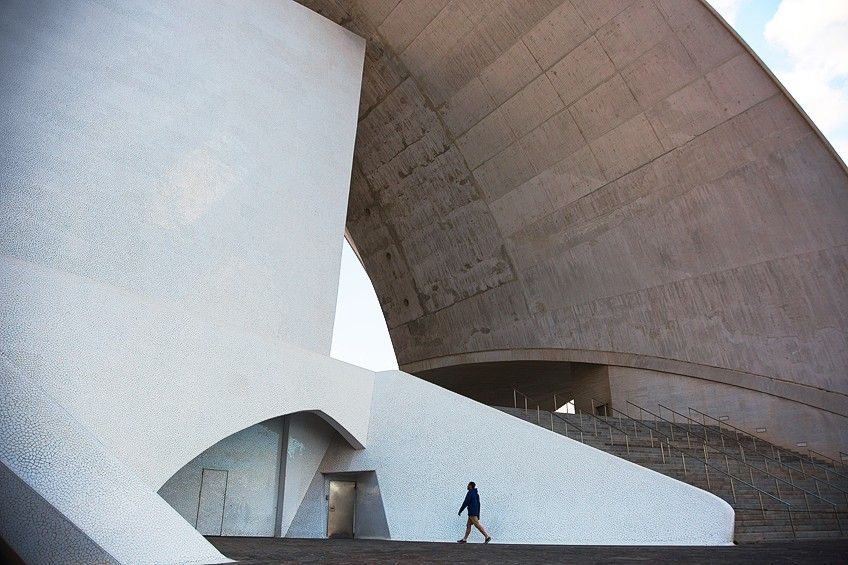
In the modern era, digital post-processing plays a rather large part in the job of a photographer. Therefore, it is essential to gain a firm understanding of the different types of editing software that are typically used. Editing software allows you to bring out the best of your photo by adjusting the various parameters.
Which jobs for photographers did you personally find the most appealing? With so many photography careers to choose from, there is bound to be at least one that sticks out as a potential career choice. It all comes down to choosing one that fits your particular interests and lifestyle. Hopefully, our list of the different types of photography jobs will help you on your path to becoming a successful photographer.
Frequently Asked Questions
Do I Need to Study Photography to Get a Job as a Photographer?
While it is not essential to study photography formally, it can prove to be very beneficial for learning the necessary skills needed in the industry. However, doing an internship or an apprenticeship is equally valuable. It really depends on how much time and finances you have to spend. Luckily, nowadays, there are also many online resources that you can use to better your understanding of photography and the different photography careers that are out there. It might be a good idea to first research the topic online and then decide if it is something you would like to invest time in studying.
What Types of Photography Jobs Are There?
There are many different careers in photography to choose from. For instance, you could choose to take portrait photos of clients or their pets. You could also choose to get a career in commercial photography, such as product photography, food photography, or maybe even fashion photography. There are also many jobs for photographers in photojournalism. In this field, you can choose between sports, news, events, or editorial photography. Or, you might prefer to focus on the artier side of photography, taking photos of landscapes and wildlife. Another popular choice is documentary photography.
Do Photographers Get Paid Well?
As with any industry, your pay will be determined by your experience. If you are just starting out, do a little bit of research and make sure that you are not overcharging for your services. As you gain more experience and there is a greater demand for your work, you will be able to start charging more. Some photographers get by fine with free-lance commissions, whereas others prefer the stability of a permanent position. Choose a job that suits your preferred pace and work hours.
Jordan Anthony is a film photographer, curator, and arts writer based in Cape Town, South Africa. Anthony schooled in Durban and graduated from the University of the Witwatersrand, Johannesburg, with a Bachelor of Art in Fine Arts. During her studies, she explored additional electives in archaeology and psychology, while focusing on themes such as healing, identity, dreams, and intuitive creation in her Contemporary art practice. She has since worked and collaborated with various professionals in the local art industry, including the KZNSA Gallery in Durban (with Strauss & Co.), Turbine Art Fair (via overheard in the gallery), and the Wits Art Museum.
Anthony’s interests include subjects and themes related to philosophy, memory, and esotericism. Her personal photography archive traces her exploration of film through abstract manipulations of color, portraiture, candid photography, and urban landscapes. Her favorite art movements include Surrealism and Fluxus, as well as art produced by ancient civilizations. Anthony’s earliest encounters with art began in childhood with a book on Salvador Dalí and imagery from old recipe books, medical books, and religious literature. She also enjoys the allure of found objects, brown noise, and constellations.
Learn more about Jordan Anthony and the Art in Context Team.
Cite this Article
Jordan, Anthony, “Careers in Photography – A Guide to Photography Careers.” Art in Context. August 7, 2023. URL: https://artincontext.org/careers-in-photography/
Anthony, J. (2023, 7 August). Careers in Photography – A Guide to Photography Careers. Art in Context. https://artincontext.org/careers-in-photography/
Anthony, Jordan. “Careers in Photography – A Guide to Photography Careers.” Art in Context, August 7, 2023. https://artincontext.org/careers-in-photography/.




